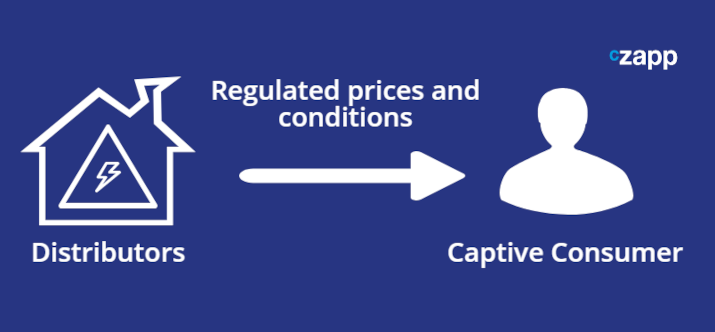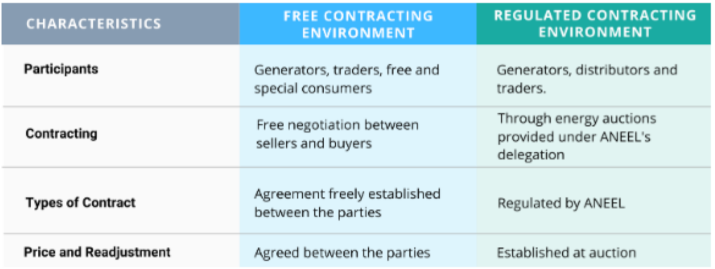The Timeline of the Brazilian Electricity Market
1950
Until 1950, the power market was dominated by foreign private initiative.
1993
The Brazilian government monopolized the power market. We see the creation of large state-owned companies, construction of large hydroelectric plants and the SIN (national interconnected electrical grid), resulting in an improvement in the quality of power supply.
1997
With the growing demand for electricity and the difficulty in raising funds to invest in the expansion of the sector, the current model began: creation of the Regulated Market and the Free Market.
2001
The Brazilian government started a restructuring of Electrobras. The company’s functions were distributed among several new agents necessary for the market to function.
2001
The Power crisis led to electricity rationing in 2001 resulting in investments in the construction of thermal power plants and energy efficiency campaigns. In 2004, the means of contracting became known as ACL and ACR.
2021
50% growth in installed capacity fro renewable sources located in the Northeast and North rgions of the country. To transmit the electricity generated in these regions to consumers, new transmission lines were built, representing a growth of 52%.
The Regulated Contracting Environment (ACR)

- Electricity is contracted via auctions organized by the Government through ANEEL (National Electric Energy Agency).
- Unlike conventional auctions, in regulated auctions, those who offer the cheapest electricity win, respecting the specific technical conditions of each session.
- The distributors contract the electric energy through these auctions and pass it onto the final consumer (in the captive market).
- In the regulated contracting environment, the price of electric energy sales is regulated by ANEEL.
- Thus, the consumer has no bargaining power.
The Free Contracting Environment (ACL)

- In the free contracting environment, the consumer can choose the conditions related to price, contract term and volume of electric energy.
- The negotiation is made freely between the free consumer and the generator or trader. It’s then signed through bilateral contracts.
- This dynamic makes the market more competitive and ensures lower prices for the final electricity consumer.
- Unlike ACR contracts, free contracting offers greater flexibility, but also requires greater management capacity.
A Summary of the Power Contracting Environments

This Czapp Explainer was Published on the 8th December 2021.
For information on our consultancy offering and other projects, please contact SGeldart@czarnikow.com.






